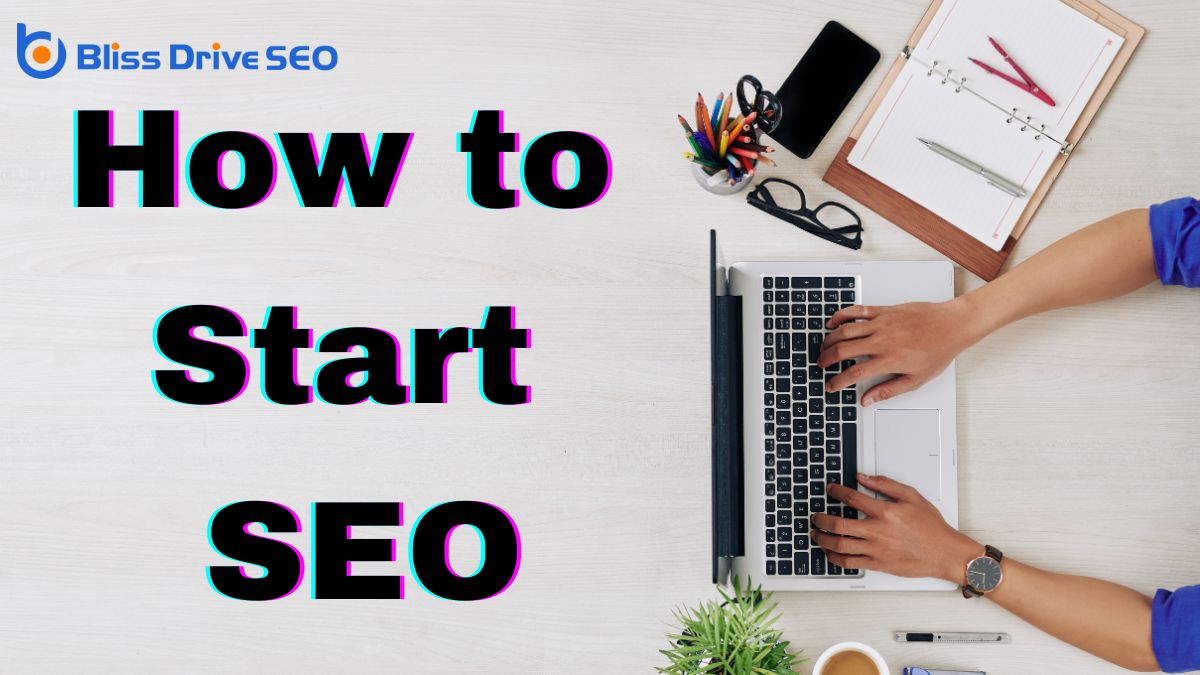Digital Marketing Services
Learn More About Us

When you're starting SEO, your first step is to comprehend what your target audience is searching for. Begin with comprehensive keyword researchThe process of finding and analyzing search terms that people enter into search engines., using tools like Google Keyword Planner to identify both short-tail and long-tail keywordsLonger, more specific keyword phrases that are less competitive and often more targeted.. Once you have a refined list, integrate these keywordsWords or phrases that users type into search engines to find information. into your on-page elements, such as title tags and meta descriptions. But that's just the beginning. Building quality backlinksLinks from other websites pointing to your website, crucial for SEO. and continuously monitoring your strategy is significant. How do you guarantee your SEO efforts actually enhance your rankingsThe position at which a website appears in the SERP. and keep you competitive? Let's explore the steps to maintain momentum in this ever-evolving digital landscape.
To truly grasp SEO basics, you need to understand its core purpose: improving your website's visibility on search engines. SEO, or Search Engine Optimization, involves optimizing your site so it appears more prominently in search results. This means when someone searches for relevant content, your website is among the first they see. It's about making your site attractive to search engines like Google, Bing, or Yahoo, which, in turn, helps attract more visitors.
You'll start by focusing on on-page and off-page factors.
On-page SEOOptimization techniques performed directly on the website, including content and HTML source code. includes optimizing individual pages on your site. This involves crafting high-quality, relevant content that addresses users' needs and strategically using HTML elements like title tags and meta descriptions. These elements help search engines understand what your pages are about and decide how relevant they are to users' queries.
Off-page SEOOptimization actions taken outside the website, primarily involving backlinks and social media., on the other hand, involves activities outside your website that influence your rankings. This includes building backlinks from reputable sites, which signals to search engines that your content is valuable. Understanding these two aspects—on-page and off-page—will lay the groundwork for effective SEO, driving organic trafficVisitors who come to a website through unpaid search engine results. to your site.

Having grasped the basics of on-page and off-page SEO, the next step involves conducting keyword research. This essential process helps you understand what potential visitors are searching for related to your content. Start by brainstorming a list of words and phrases relevant to your topic. Think about the terms your target audience might use. Once you have a list, use tools like Google Keyword Planner or Ubersuggest to refine it. These tools provide insights into search volume, competition, and related keywords.
Focus on finding a mix of short-tail and long-tail keywords. Short-tail keywords are broader phrases with higher search volumes but more competition. Long-tail keywords, on the other hand, are more specific. They may have lower search volumes but often attract more qualified traffic. Prioritize keywords that align with your content goals and have a balance of search volume and competition.
Analyze your competitors' keywords to identify gaps and opportunities. Look at the keywords they rank for and consider how you can target similar ones.
Optimizing on-page elements is an important step in improving your website's visibility and user experience. Start by ensuring your title tags are concise and include primary keywords. This not only informs search engines about your page's topic but also attracts users when they see it in search results. Keep it under 60 characters for the best impact.
Next, focus on crafting compelling meta descriptions. While they don't directly impact rankings, they greatly influence click-through rates. Aim for around 155 characters, and make sure it's engaging and relevant to the content.
Headings are essential too. Use H1 tags for the main title and H2 or H3 for subheadings. It helps both users and search engines understand your content structure. Don't forget to integrate keywords naturally within these headings.
Content quality is crucial. Write informative, engaging, and unique content. Include keywords, but avoid keyword stuffingOverloading a page with keywords to manipulate search engine rankings.. Remember, you're writing for humans first, search engines second.
Once your on-page elements are optimized, it's time to focus on building quality backlinks to elevate your website's authority. Backlinks are like votes of confidence from other websites. When reputable sites link to yours, search engines view your site as trustworthy and valuable. However, not all backlinks are created equal, so aim for quality over quantity.
Start by identifying authoritative websites in your nicheA specific segment of the market targeted by affiliates to promote products or services.. Reach out to them for guest bloggingWriting and publishing articles on other websites to reach a new audience. opportunities or collaborations. OfferThe specific product or service being promoted by affiliates. valuable content that their audience will find attractive, ensuring they'll want to link back to you. This builds relationships and earns you high-quality links.
Next, leverage social media and online communities. Share your content in groups and forums related to your industry. Engage in discussions and provide insights, subtly incorporating your links where relevant. This can naturally attract attention and backlinks.
Additionally, analyze your competitors' backlinks using tools like Ahrefs or SEMrush. Understand where they're getting their links and explore similar opportunities. Consider broken link buildingThe process of acquiring backlinks from other websites., too. Find broken links on reputable sites and suggest your content as a replacement.
Always focus on creating valuable, link-worthy content that others find irresistible to link to.

As you build your SEO strategy, continuous monitoring and adjustment are vital for success. SEO isn't a one-time task; it's an ongoing process that demands attention and fine-tuning. Start by using tools like Google AnalyticsThe systematic computational analysis of data or statistics to gain insights and support decision-ma... and Google Search ConsoleA tool by Google that helps monitor and maintain your site's presence in search results. to track your site's performance. These platforms help you comprehend which keywords are driving traffic and how users interact with your content.
Pay close attention to metrics such as organic traffic, bounce rates, and conversionThe completion of a desired action by a referred user, such as making a purchase or filling out a fo... rates. A drop in these numbers might indicate that certain strategies aren't functioning as intended. On the other hand, an increase suggests you're on the right path.
Regularly check your site's rankings and compare them to your competitors to spot any opportunities or threats.
Don't hesitate to adjust your content based on the data you gather. This could mean optimizing underperforming pages, updating old content, or experimenting with new keywords. Remember, SEO trends and algorithms evolve, so staying informed is crucial. Subscribe to industry blogs or forums to keep up to date with changes. By consistently monitoring and adjusting your strategy, you'll guarantee your site remains visible and competitive in search engine results.
Beginning SEO might seem overwhelming, but by taking it step-by-step, you'll gradually see improvements. Begin by grasping the fundamentals and conducting comprehensive keyword research to find what your audience is looking for. Optimize your on-page elements like title tags and meta descriptions, and make sure your content is engaging and keyword-rich. Don't forget to build quality backlinks from reputable sources. Finally, keep monitoring your progress and be prepared to adjust your strategy as necessary. You've got this!
